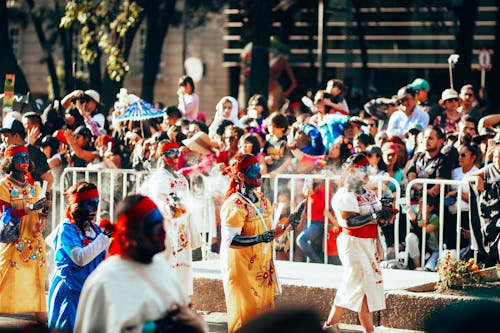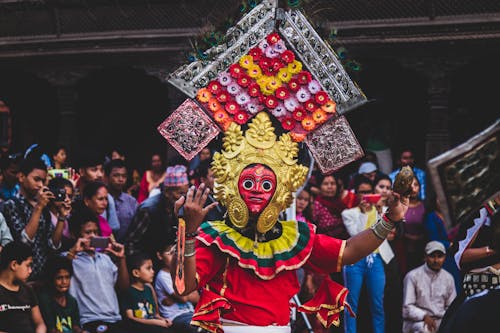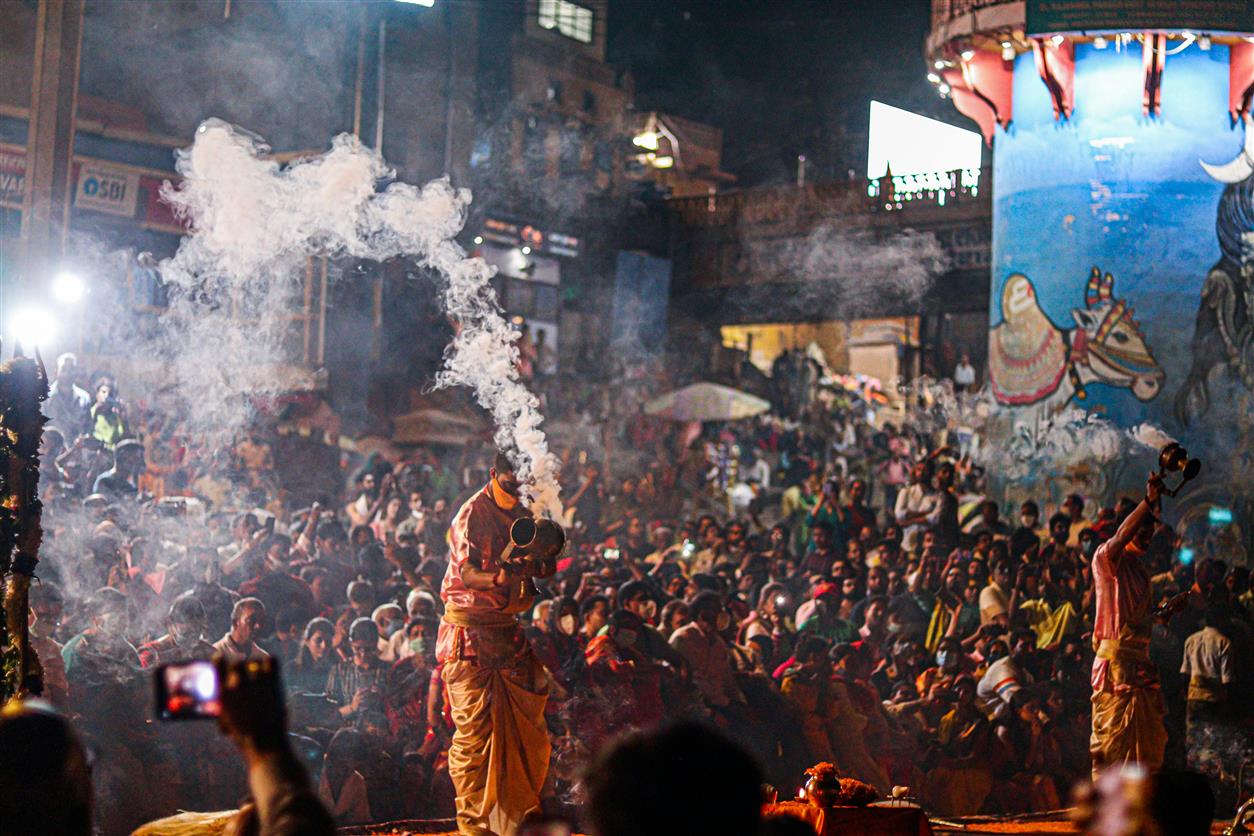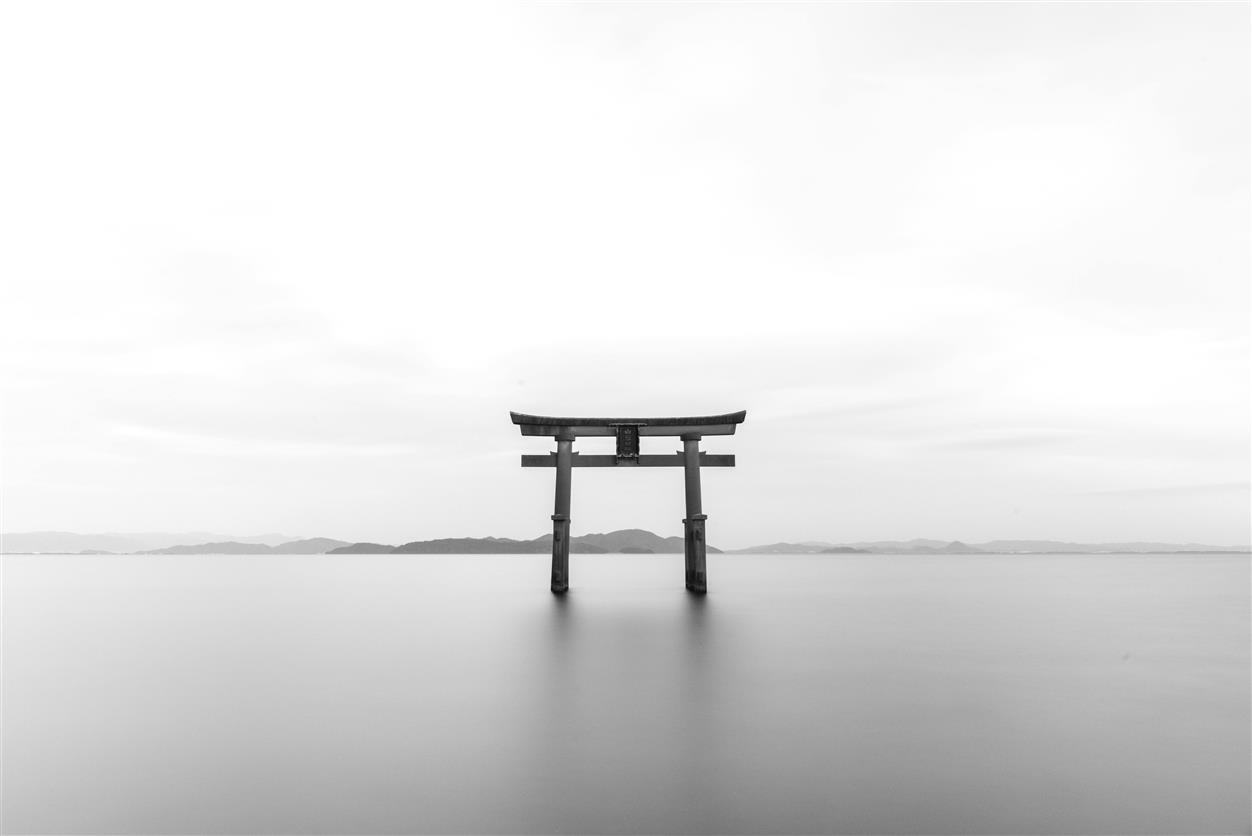
Introduction
In today’s interconnected world, urban centers are not only the beating hearts of commerce and politics but also cultural and entertainment epicenters. Cities around the globe offer vibrant cultural scenes and diverse entertainment options that cater to a wide range of interests. Whether you’re drawn to world-class museums, live music, theater performances, or eclectic dining experiences, certain cities stand out as particularly rich in cultural and entertainment offerings. This essay explores the best cities worldwide for culture and entertainment, examining what makes each city unique and how they contribute to a vibrant urban experience.
1. New York City, USA: The Cultural Capital
1.1. Arts and Theater
New York City is often hailed as the cultural capital of the world, with its unparalleled array of arts and theater:
- Broadway: The heart of the American theater scene, Broadway offers a plethora of shows ranging from classic musicals to avant-garde productions. Attending a Broadway show is a quintessential NYC experience.
- Museums: The city is home to some of the world’s most prestigious museums, including The Metropolitan Museum of Art, the Museum of Modern Art (MoMA), and the American Museum of Natural History. Each institution offers extensive collections and rotating exhibitions that appeal to art and history enthusiasts.
- Galleries and Art Districts: Areas like Chelsea and the Lower East Side are known for their vibrant gallery scenes, featuring contemporary art and emerging artists.
1.2. Music and Nightlife
New York City’s music and nightlife scenes are as diverse as its population:
- Live Music Venues: From jazz clubs in Harlem to indie music venues in Brooklyn, NYC’s music scene is rich and varied. Legendary venues like the Apollo Theater and the Village Vanguard host performances that span genres and eras.
- Nightlife: The city’s nightlife includes everything from rooftop bars with stunning skyline views to underground clubs with eclectic music scenes. Areas like the Meatpacking District and East Village are known for their vibrant nightlife.
1.3. Culinary Scene
NYC’s culinary scene is a reflection of its multicultural population:
- Restaurants: The city boasts a wide range of dining options, from Michelin-starred restaurants to food trucks offering international cuisines. Neighborhoods like Chinatown, Little Italy, and Astoria offer diverse food experiences.
- Food Festivals: Events such as the New York City Wine & Food Festival celebrate the city’s rich culinary culture, bringing together chefs, food enthusiasts, and local vendors.
2. Paris, France: The City of Lights
2.1. Historical and Cultural Landmarks
Paris is renowned for its rich history and cultural heritage:
- Iconic Monuments: Landmarks such as the Eiffel Tower, Notre-Dame Cathedral, and the Arc de Triomphe are essential to the city’s charm. The Louvre Museum, home to the Mona Lisa and countless other masterpieces, is a must-visit for art lovers.
- Historic Neighborhoods: Areas like Montmartre and Le Marais offer a glimpse into Paris’s past with their cobblestone streets, historic buildings, and quaint cafes.
2.2. Arts and Entertainment
Paris offers a rich array of arts and entertainment options:
- Theater and Opera: Paris is known for its opulent theaters and opera houses, such as the Palais Garnier. The city’s theater scene includes everything from classic plays to modern performances.
- Art Galleries: The city is home to numerous galleries and museums, including the Musée d’Orsay and the Centre Pompidou, which offer diverse art collections and exhibitions.
2.3. Culinary Delights
Paris is a culinary haven, offering a mix of fine dining and casual eateries:
- Bistros and Cafés: Parisian bistros and cafés serve everything from croissants and café au lait to gourmet French cuisine. Neighborhoods like Saint-Germain-des-Prés are famous for their traditional eateries.
- Food Markets: Markets such as the Marché des Enfants Rouges offer fresh produce, artisanal cheeses, and other local specialties.
3. Tokyo, Japan: A Modern Metropolis with a Rich Cultural Heritage
3.1. Traditional and Contemporary Culture
Tokyo blends traditional culture with modern innovation:
- Historic Sites: Temples such as Senso-ji and Meiji Shrine offer insights into Japan’s spiritual and cultural history. Traditional gardens and historic districts like Asakusa provide a contrast to the city’s modernity.
- Pop Culture: Tokyo is a hub for pop culture, with districts like Akihabara dedicated to electronics, anime, and manga. The city’s vibrant youth culture is evident in areas like Harajuku.
3.2. Arts and Entertainment
Tokyo’s arts and entertainment scenes are diverse and dynamic:
- Museums and Galleries: The Tokyo National Museum and the Mori Art Museum offer extensive collections of Japanese and international art. Contemporary art is also showcased in galleries across the city.
- Live Entertainment: Tokyo’s entertainment options include everything from Kabuki theater to cutting-edge music performances. The city’s nightlife includes everything from karaoke bars to high-energy clubs.
3.3. Culinary Adventures
Tokyo is celebrated for its exceptional cuisine:
- Restaurants: The city boasts the most Michelin-starred restaurants of any city in the world. From sushi to ramen, Tokyo offers a range of dining experiences that cater to all tastes.
- Street Food: Markets and street vendors offer a variety of Japanese street foods, including takoyaki, okonomiyaki, and yakitori.
4. Barcelona, Spain: A Blend of Modernity and Tradition
4.1. Architectural Marvels
Barcelona is known for its unique architectural heritage:
- Gaudí’s Masterpieces: The city is home to several of Antoni Gaudí’s iconic works, including the Sagrada Família, Park Güell, and Casa Batlló. These architectural wonders are integral to the city’s identity.
- Gothic Quarter: The Gothic Quarter offers a glimpse into Barcelona’s medieval past with its narrow streets and historic buildings.
4.2. Arts and Culture
Barcelona’s cultural scene is vibrant and varied:
- Museums: The Museu Picasso and the Fundació Joan Miró showcase the works of renowned Spanish artists. The city also has numerous contemporary art galleries.
- Performing Arts: The Gran Teatre del Liceu and the Teatre Nacional de Catalunya offer a range of performances, from opera to drama.
4.3. Culinary and Nightlife
Barcelona’s food and nightlife scenes reflect its Mediterranean spirit:
- Tapas and Dining: The city’s tapas bars and seafood restaurants offer a taste of Catalan cuisine. Neighborhoods like El Raval and Gràcia are known for their culinary offerings.
- Nightlife: Barcelona’s nightlife includes beachside clubs, lively bars, and music venues. The city’s nightlife scene is centered around areas like the Port Olímpic and El Born.
5. Sydney, Australia: A Modern City with a Rich Cultural Scene
5.1. Iconic Landmarks
Sydney’s landmarks are world-renowned:
- Sydney Opera House: One of the most recognizable buildings in the world, the Sydney Opera House hosts a range of performances, including opera, ballet, and concerts.
- Sydney Harbour Bridge: The bridge offers stunning views of the city and the harbor. Activities like bridge climbing provide unique experiences for visitors.
5.2. Arts and Entertainment
Sydney offers a diverse range of cultural experiences:
- Theaters and Museums: The Art Gallery of New South Wales and the Australian Museum are key cultural institutions. The city’s theater scene includes performances at venues like the Sydney Theatre Company.
- Music and Festivals: Sydney hosts numerous music festivals and events, including the Sydney Festival and Vivid Sydney, which features light installations and performances.
5.3. Culinary Scene
Sydney’s culinary scene is a blend of international flavors and local ingredients:
- Restaurants: The city offers a diverse range of dining options, from high-end restaurants to casual eateries. Areas like Surry Hills and Paddington are known for their culinary diversity.
- Markets: Sydney’s markets, such as the Sydney Fish Market, offer fresh produce and gourmet foods.
6. Cape Town, South Africa: A Blend of Natural Beauty and Cultural Richness
6.1. Scenic Landscapes
Cape Town’s natural beauty enhances its cultural experiences:
- Table Mountain: This iconic landmark offers panoramic views of the city and the surrounding area. Hiking and cable car rides provide opportunities to enjoy the mountain’s beauty.
- Beaches: Cape Town’s beaches, such as Camps Bay and Clifton, offer stunning settings for relaxation and recreation.
6.2. Cultural and Historical Sites
Cape Town is rich in cultural and historical sites:
- Robben Island: A historic site where Nelson Mandela was imprisoned, Robben Island offers insights into South Africa’s history and struggle for freedom.
- Museums and Galleries: The Zeitz Museum of Contemporary Art Africa (MOCAA) and the District Six Museum highlight the city’s diverse cultural heritage.
6.3. Culinary Experiences
Cape Town’s culinary scene reflects its multicultural influences:
- Restaurants and Markets: The city’s restaurants offer a range of cuisines, from traditional South African dishes to international fare. Markets like the Oranjezicht City Farm Market provide fresh and artisanal products.

Conclusion
Cities around the world offer a wealth of cultural and entertainment options that cater to diverse interests and preferences. From the vibrant arts and theater scenes of New York City to the architectural marvels of Barcelona, each city provides unique experiences that contribute to its cultural richness. By exploring these top cities for culture and entertainment, travelers can immerse themselves in the local heritage, enjoy world-class performances, and savor exceptional cuisine. Whether seeking historical landmarks, artistic inspiration, or dynamic nightlife, these cities offer something for every type of traveler, ensuring memorable and enriching experiences.










